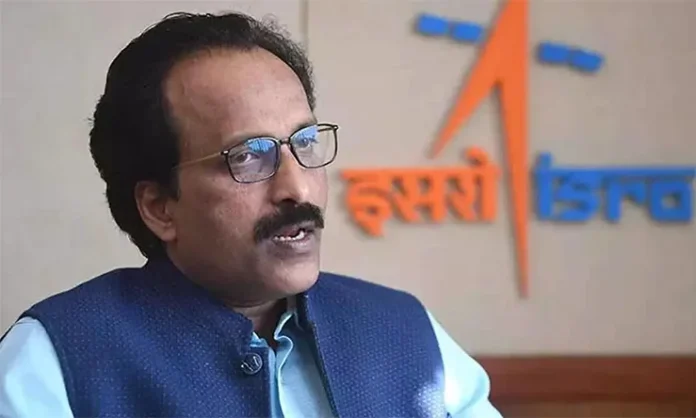New Delhi: Four test pilots from the Indian Air Force have been selected as Astronaut-Designates for the 2024 moon mission.
The Indian Space Research Organisation (ISRO) is charting a bold course towards lunar exploration, with the aim of landing the first Indian astronaut on the moon by 2040. The announcement by ISRO Chairman S. Somanath has sparked a new wave of excitement in India’s space science community.
Following the resounding success of Chandrayaan-3, ISRO is intensifying its focus on human spaceflight. The Gaganyaan programme, a critical part of this endeavour, plans to launch a crew of 2-3 Indian astronauts into Low Earth Orbit (LEO) for up to three days, with a planned safe return to Indian waters. This mission is seen as a stepping stone to the lunar landing.
Four Indian Air Force test pilots have been selected as astronaut-designates for this ambitious mission. They are currently undergoing specialised training at the Astronaut Training Facility in Bangalore. This rigorous preparation is a testament to India’s commitment to its space aspirations.
The key to the Gaganyaan mission is the development of critical technologies such as a human-rated launch vehicle and an Orbital Module comprising a Crew Module and Service Module. The mission will be preceded by two un-crewed missions and various tests, including the successful Test Vehicle flight launched on October 21, 2023, which demonstrated crucial safety measures.
Apart from lunar missions, ISRO is making strides in solar exploration with Aditya L1, India’s first solar mission. Launched in September 2023, this mission will study the sun from Lagrange Point 1 and is expected to yield significant insights over its five-year mission.
Chandrayaan-3’s success, leading to the declaration of ‘National Space Day in India’, has set a high benchmark in lunar exploration. The mission has provided valuable lunar data, detecting various elements in the lunar soil.
ISRO’s roadmap includes the Small Satellite Launch Vehicle (SSLV), the Reusable Launch Vehicle (RLV) program, XPOSAT, the Space Docking Experiment (SPADEX), and the development of LOX-Methane engines. These initiatives are pivotal in advancing India’s space technology and exploration capabilities.
With the Prime Minister setting ambitious goals like the ‘Bharatiya Antariksha Station’ by 2035 and interplanetary missions to Venus and Mars, India is poised to solidify its position as a significant player in global space exploration.
















